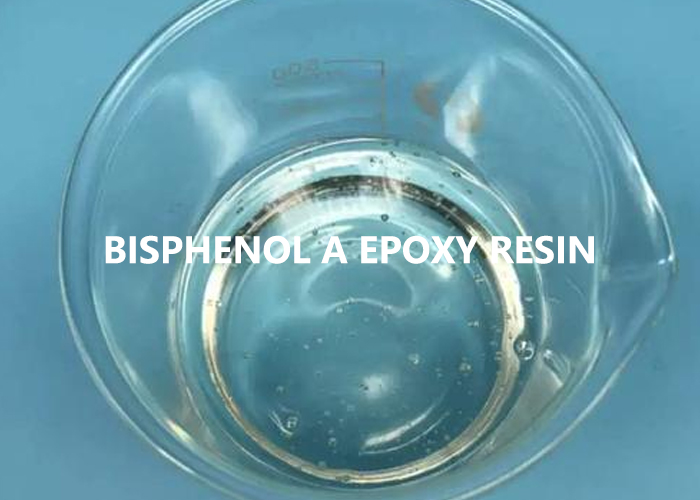Application of epoxy resin in metal corrosion protection
Epoxy anticorrosion coatings are based on epoxy resin and are prepared with pigments, drying agents, additives, etc. Epoxy resin coatings have excellent performance: high adhesion, high strength, chemical resistance and wear resistance. It is one of the earliest and most widely used types of heavy-duty anticorrosion coatings in the field of marine heavy-duty anticorrosion. There are many types of epoxy anticorrosion coatings, mainly including bisphenol A epoxy resin and phenolic epoxy resin.
The molecular structure of bisphenol A epoxy resin contains hydroxyl, ether bond and epoxy group, and has excellent substrate adhesion; its benzene ring structure gives the resin high mechanical strength and wear resistance; after coating, it has excellent acid and alkali resistance, corrosion resistance and chemical resistance; it cures at room temperature, is easy to construct, has low shrinkage after curing, and no volatile substances are released, which meets the green environmental protection standards.
Phenolic epoxy resin has stronger corrosion resistance and adhesion because it contains more epoxy groups; its curing cross-linking degree is higher and its density is stronger, and it also has the high temperature resistance and corrosion resistance of phenolic resin. However, the increase of epoxy groups will increase the brittleness of the resin, affecting its application range. The use of bisphenol A to replace phenol to synthesize phenolic epoxy resin has low free phenol content and narrow molecular weight distribution. The introduction of bisphenol A makes the mechanical properties of the resin stronger and the shrinkage lower. The increase of epoxy groups enhances its adhesion, and at the same time improves its flexibility, thermal stability, insulation, water resistance and corrosion resistance.
Epoxy anti-corrosion coatings also have disadvantages, such as poor impact resistance and toughness. Therefore, the material needs to be modified.
Pure epoxy resin is relatively brittle. Generally, toughening agents are added to epoxy. After about one year of use, the toughening agents evaporate, the brittleness of the coating increases sharply, and problems such as shedding may occur under mechanical impact. Therefore, thermoplastic resins are generally used to modify epoxy at present. The main toughening mechanisms include bridging constraint effect, crack pinning, particle tearing and stretching, and void shear yielding. When the composite material is subjected to external forces, the filler plays a role in bridging constraint, passivation, and preventing crack propagation in the matrix. In addition, the bridging force acts as a pinning anchor on the cracks at the bridging point to achieve a toughening effect. Thermoplastic resins commonly used for epoxy resin toughening include polysulfone, polyurethane, polysiloxane, polyethersulfone, polyamide, polyetheretherketone, etc. These thermoplastic resins are usually soluble in uncured resins and can interact with the epoxy resin matrix, thereby providing a strong interface bond after curing the epoxy resin, so that it can improve the fracture toughness without losing other mechanical properties.
In addition, adding fluorine to the epoxy resin structure is also a good modification method. The phenolic resin is synthesized by replacing bisphenol A with bisphenol AF, and then epoxidized to obtain a fluorinated epoxy resin. Because the polymer main chain contains a diphenol propane structure, it has strong mechanical strength and wear resistance, the curing shrinkage of the coating is lower, and the toughness is much higher than that of ordinary phenolic epoxy resin; it contains a large number of epoxy groups, thus forming a strong adhesion with the substrate; in particular, the introduction of fluorine makes this fluorocarbon resin hydrophobic and oil-repellent, and has particularly excellent corrosion resistance and UV and chemical resistance, and the coating is flexible and smooth, and has self-cleaning properties. This coating combines the advantages of phenolic resin coatings, epoxy resin coatings and fluorocarbon resin coatings, and has outstanding advantages in the field of marine corrosion protection.
In the field of marine corrosion protection, epoxy resins also have many different modification methods to suit different environments, such as solvent-free or weak solvent, water-based, nanoparticle blending, low surface treatment, etc. These modification methods can make the production of epoxy coatings more environmentally friendly and energy-saving, and make the performance of the coatings more excellent and functional.